Introduction
In the pharmaceutical industry, Water for Injection (WFI) is a critical component used in the production of parenteral drugs, vaccines, and other sterile products. Traditionally, WFI has been produced through distillation methods, which are energy-intensive and costly. However, advancements in membrane technology have introduced Cold WFI as a viable alternative. This method is transforming pharmaceutical water purification with its energy efficiency, operational simplicity, and sustainability.
Cold WFI is produced using a combination of membrane-based purification technologies, including reverse osmosis (RO), continuous electro-deionization (CEDI), and ultrafiltration (UF). These processes remove ionic, organic, and microbial impurities without the need for high-temperature distillation, making it not only eco-friendly but also highly cost-effective.
What is Cold WFI?
Cold Water for Injection is WFI produced at ambient temperatures using membrane-based technologies instead of thermal distillation. It meets stringent pharmacopeial standards, including those defined in, Ph. Eur., and JP. Cold WFI technology leverages processes like RO, CEDI, and UF to purify water to injectable-grade quality while significantly reducing energy usage.
Regulatory Support for Cold WFI
Initially, only distillation was accepted for WFI production. However, recognizing advancements in membrane purification, the European Pharmacopoeia revised its monograph in April 2017 to permit non-distillation methods. This was followed by global confidence in Cold WFI systems after successful field studies, including a notable one in 2011 that showcased membrane-based WFI reliability.
Advantages of Cold WFI Over Traditional Distillation
- Energy Efficiency: Cold WFI systems use up to 90% less energy compared to distillation.
- Lower Operating Costs: Reduced steam and cooling demand significantly cut down operational expenses.
- Faster Startup: No heat-up time is required, allowing for quick deployment.
- Modular Scalability: Easy to scale for varying production requirements.
- Sustainability: Lower carbon footprint supports environmental compliance goals.
- Compact Footprint: Skid-mounted designs save space.
Aquamech’s Cold WFI Generation System
Aquamech Engineering Corporation offers cutting-edge Cold WFI systems tailored for pharmaceutical applications.
Key Features:
- Fully Automatic Operation: PLC-based systems ensure seamless performance with minimal manual intervention.
- Compact Design: Skid-mounted setup reduces installation space and allows for rapid deployment.
- High Reliability: Engineered for continuous use with minimal downtime.
- User-Friendly Maintenance: Accessible components and intuitive interface simplify upkeep.
- Regulatory Compliance: Conforms to and Ph. Eur. standards for WFI.
- Comprehensive Documentation: Includes DQ, IQ, OQ protocols for validation.
Design Considerations for Cold WFI Systems
To ensure optimal performance and compliance, Cold WFI systems should include:
- SS316L piping and PVDF components for corrosion resistance
- Multi-point conductivity and TOC analyzers for real-time monitoring
- Routine microbial testing downstream of carbon filters
- Ozonation or UV-based sanitization systems
- Continuous online documentation with audit trails
Cold WFI vs. Distillation: Comparison Table
| Feature | Cold WFI (Membrane) | Hot WFI (Distillation) |
| Energy Consumption | Very Low (up to -90%) | Very High |
| Startup Time | Immediate | Slow (Require heating) |
| Capital Investment | Moderate | High |
| Operating Cost | Low | High |
| Footprint | Compact | Larger |
| Environmental Impact | Low (Eco-Friendly) | High (Steam use, Heat loss) |
| Maintenance Complexity | Moderate | High |
| Regulatory Approval | Approved (Ph. Eur.,) | Approved (traditional) |
Best Practices for Implementation
- Validate water quality using and Ph. Eur. parameters.
- Implement SCADA with 21 CFR Part 11 compliance.
- Train personnel on GMP and system-specific protocols.
- Schedule quarterly audits and preventive maintenance.
- Incorporate feedback loops for real-time data improvement.
Real-World Use Case
A mid-sized pharmaceutical company switched to Aquamech’s Cold WFI system and reported:
- 65% energy cost savings within the first year requirement.
- 99.9% uptime across 12 months of operation
- Faster system qualification due to detailed documentation
- Smooth regulatory inspection with zero observations on water system
Regulatory Agencies Support Cold WFI
Japan is the first country to formally embrace Cold WFI and begin having regulatory and operational comfort with membrane-based WFI systems. China and the United States are now exploring Cold WFI through research and pilot studies. These decisions collectively indicate a growing international perspective regarding the feasibility and utility of non-distillation WFI. As more and more countries align with these unique advances, the future is bright and Cold WFI should be viewed as the new standard for pharmaceutical quality water.
Conclusion: The Future of WFI is Cold
The increasing use of Cold WFI demonstrates the pharmaceutical industry’s move toward sustainability, efficiency, and innovation. With a view to minimizing operational expenses as well as ecological footprint, Cold WFI systems prove to be an attractive proposition with their energy-efficient operation, high reliability, and compliance with regulation. In contrast to conventional distillation technology, these membrane-based systems provide equivalent—if not better—performance with a reduced carbon footprint and maintenance requirement. Supported by pharmacopeial approval and field success, Cold WFI is rapidly becoming the industry standard for injectable water manufacturing. For pharmaceutical manufacturers who wish to future-proof their business, Cold WFI represents a wise, scalable, and environmentally friendly investment. To learn more about how Aquamech’s Cold WFI solutions can work for your business, contact our technical team today.





